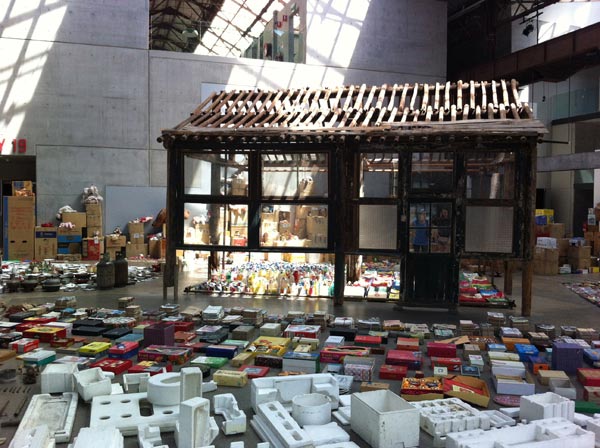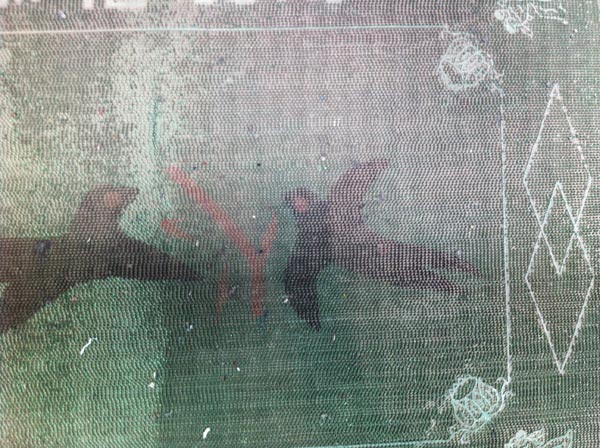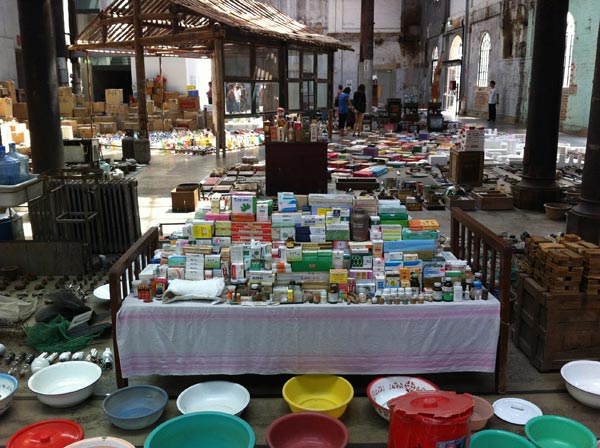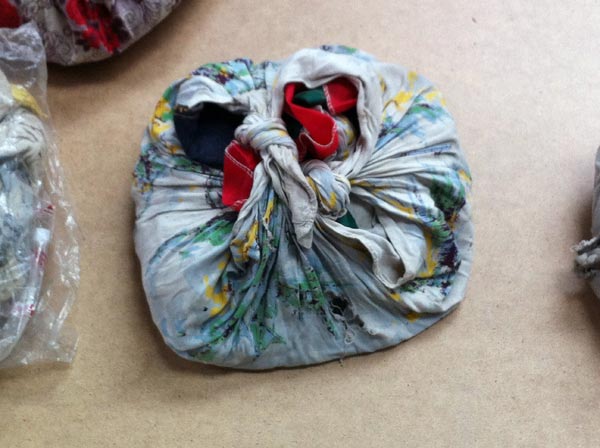Difficult world

Graeme Smith: Song Dong, Waste Not
Carriageworks with 4A Centre for Contemporary Asian Art
in association with Sydney Festival: 5 January 5 – 17 March
Published RealTime 113, February March 2013
DIFFICULT WORLD
Although the world can be frightening and frustrating, difficult and dangerous, somehow people quietly find personal ways to engage it, actually cooperate with and make the best of it.
One achingly human example of someone trying to make the best of a difficult world has been made visible—as a vast, walk-through installation on the floor of Carriageworks in Sydney.
Chinese artist Song Dong’s Waste Not is big. But it’s not just the physical extent of the collection that conveys something vaguely melancholic as you walk around it. It’s really (much more than its profuseness) the staggering modesty of those 10,000 objects within it; worn out everyday domestic bits and pieces of a type that most Australians would send, not to St Vincent de Paul, not wholly to the yellow-topped recycle bin, but straight to landfill. Cheap, chipped, patched, scuffed, busted, battered, rusted; folded, sorted, stacked, boxed, bundled, bagged, tied, sacked…but above all, saved. It’s what decades of soul crushing ‘make do’ looks like when you spread it out on a floor—and in this thought there is some sadness.
Waste Not
The exhibition title derives from ‘wu jin qi yong,’ a life-guiding phrase that underscores the traditional Chinese virtue of frugality. According to Song Dong, the dictionary explanation reads, “anything that can somehow be of use, should be used as much as possible. Every resource should be used fully, and nothing should be wasted.”
Song Dong’s Waste Not has, at its conceptual starting point, the hardships of his family, in particular those of his mother, Zhao Xiangyuan, who, in struggling with the shortages and political insecurities of China’s Cultural Revolution, turned to extreme frugality (along with a whole generation of Chinese) to cope and survive. One of the texts in the exhibition written by Zhao Xiangyuan in 2005 recounts in heart-breaking detail the tedious steps she needed to take just to save on soap. She concludes, “I was afraid when my children grew up, they would have to worry about soap rations every month, as I had. I wanted to save the soap until the children got married, then pass these on to them. I never thought they would become useless, because now of course, everyone uses a washing machine. But I couldn’t bear to throw them all out, so I have kept them for a few decades now. Some of that soap is older than Song Dong.”
Song Dong writes, “In that period of insufficiency, this way of thinking and living was a kind of a ‘fabao,’ literally translated as a ‘magic weapon,’ but in times when goods were plenty, the habit of ‘waste not’ became a burden.” “…[M]y mother not only refused to throw away her own things, but wouldn’t allow us to throw anything away either.”
When Zhao Xiangyuan’s husband died in 2002 she had an emotional breakdown, and as her hoarding habit became even more extreme, Song Dong decided to pull her “out of her isolated and grief-stricken world and give her a breath of fresh air…”
Fresh air came in the form of a mother and son collaboration in which the mother became artist and the son, assistant—allowing her to have a “space to put her memories and history in order” by arranging her collection at the beginning of every exhibition. Since Zhao Xiangyuan’s death in 2009, Song Dong’s sister, Song Hui, and wife, Yin Xiuzhen, work with him to reconfigure each new installation.

Rituals of engagement
A human way of trying to cooperate with a difficult world is evident in a commonplace medical disorder.
My understanding (personal, non-medical) of obsessive-compulsive disorder is that it works in a surprisingly real sense as a type of interior magic act. Example: “If I count the steps on this staircase and the number is divisible by three—all will be well, I’ll be safe, ‘it’ won’t happen, I can put my mind at rest and the anxiety on hold.”
The problem is in the repetition. No matter how many times you repeat the ritual—staircase-mathematics, hand-washing, lock-checking, newspaper-hoarding, silently reciting a special incantation, scratching your left ankle five times…whatever your particular routine—the relief from anxiety is fleeting and you never reach that safe place you desperately need to inhabit.
It’s both fascinating and sad to think that, not just an isolated individual, but a whole generation can also be compelled out of desperation to turn to this type of interior ritual, magic weapon, hoarding routine, whatever you prefer to call it—to engage with an uncooperative world.
An introductory panel at the exhibition suggests that Waste Not is both a meditative space for contemplation and self reflection, and a gesture to the richness of family life and memory,” and it did have me doing so: meditating on that richness found in all that patched up, battered and bundled stuff; and also on how Zhao Xiangyuan’s obsessive collecting could be transformed into a more liberating form of ritual—all those reconfigurations of her 10,000 common household objects on gallery floors.
Graeme Smith, RealTime 113
Anish Kapoor in Sydney

Anish Kapoor
Museum of Contemporary Art Australia
Sydney International Art Series




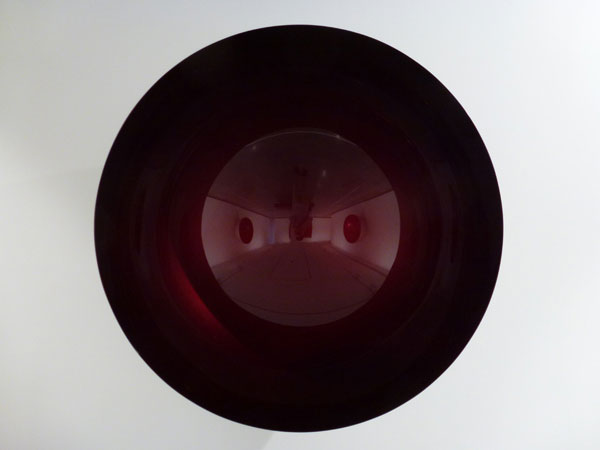




x
From the Age of the Poets
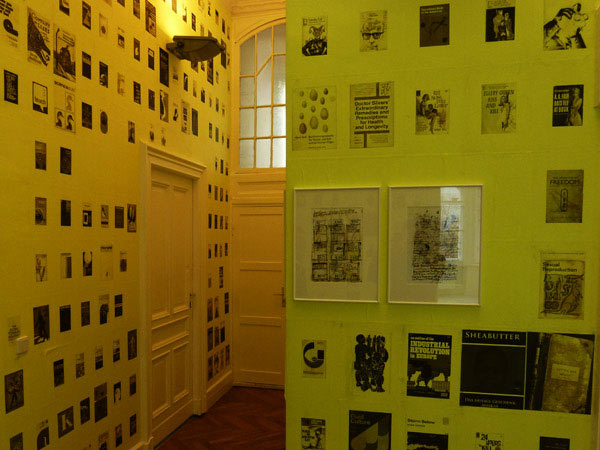
Taken from the introductory text for the exhibition by Aanant & Zoo:
‘The gallery Aanant & Zoo dedicates the exhibition From the Age of the Poets to the interplay between the wonder of language, truth, the possibility of mis- or not understanding and poetry as a legitimate access to the world.’
Artist listing from Aanant & Zoo:
Johanna Calle, Luis Camnitzer, Hanne Darboven, Michael Dreyer, Friederike Feldmann, Ian Hamilton Finlay, Dora García, Simryn Gill, Peter Greenaway, Channa Horwitz, Bethan Huws, Vlado Martek, Henri Michaux, Edwin Moes, Robert Montgomery, Michael Müller, Aribert von Ostrowski, Kasper Pincis, Falke Pisano, Gerhard Rühm, Mike Ruiz, Max Schaffer, Carl Trahan, Cy Twombly, Geerten Verheus
From the Age of the Poets
Aanant & Zoo, Berlin
07.09.2012 – 20.10.2012
Above and below:
Entry treatment for the exhibition



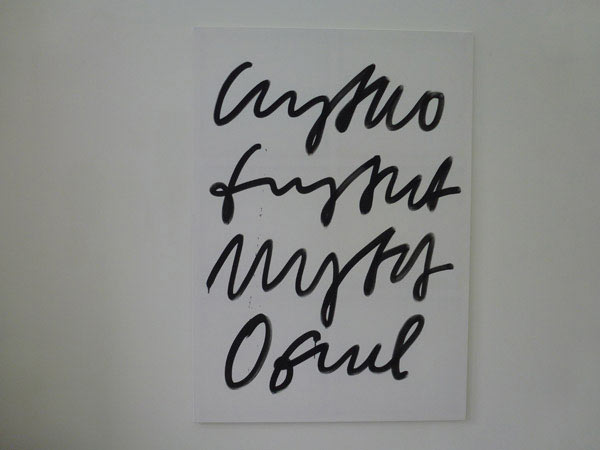









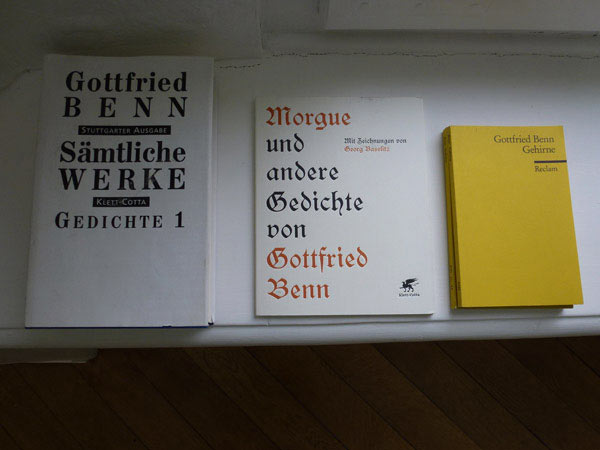
x
Stattbad revisited
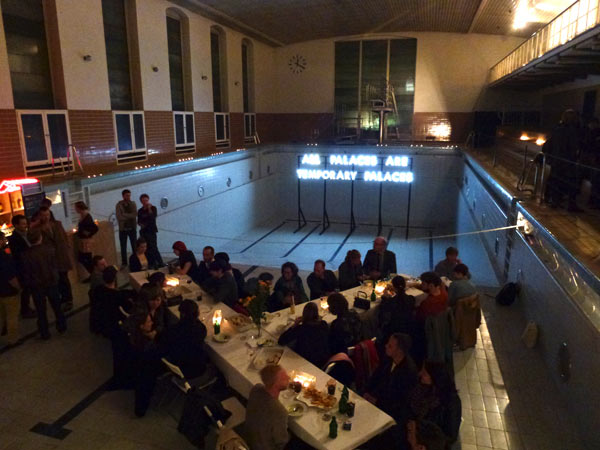
Neue Berliner Räume closed the Robert Montgomery exhibition, Echoes of Voices in the High Towers, with a dinner and book launch at Stattbad — a former public pool building in Wedding.

Large format book (50x34cm) on the exhibition by the publisher, Mono Kultur — those people from Berlin who do that very small format magazine of the same name that a surprising number of Australians seem to be familiar with.

Cooking up a risotto in the Schwimmenmeister’s office.


Manuel Wischnewski from Neue Berliner Räume.
Miss Read and abc

Arrived in Berlin on 15 September at the end of Berlin Art Week and decided to catch Art Berlin Contemporary on its second to last day and was too jet lagged to take much in, but I liked the simplicity of their display and signing system — bootprints and all.





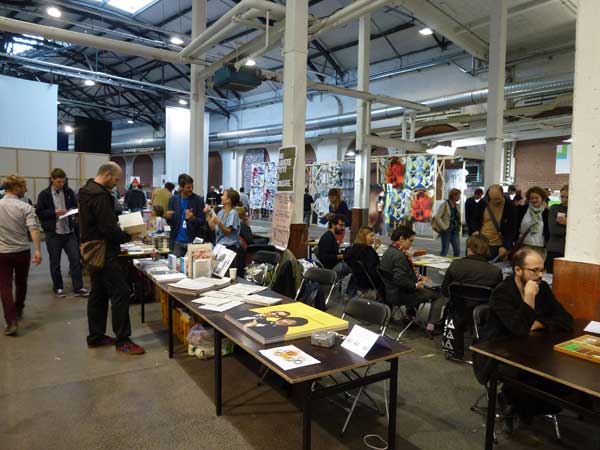
Not so great for display systems and signage was the artist book festival attached to it called Miss Read. Most publishers literally had to be interrogated to find out who they were and what they did —but it was worth it, and the real reason for my visit on the day. More on independent publishers later.
Rooms 2

Eva Kotáková
Theatre of Speaking Objects, 2012
18th Biennale of Sydney 2012, Cockatoo Island






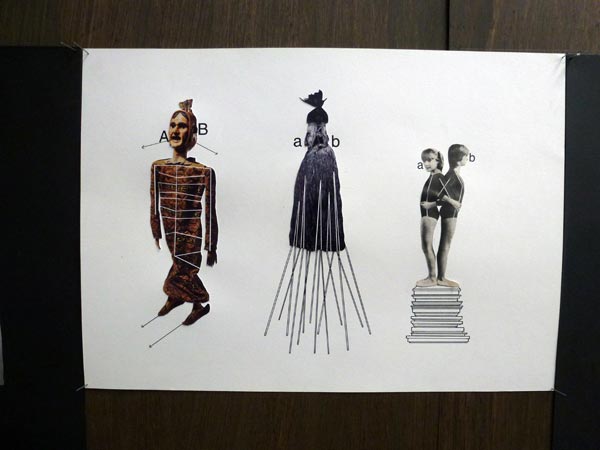




x
Rooms

Ed Pien with Tanya Tagaq
Source, 2012
18th Biennale of Sydney 2012, Cockatoo Island

Bahar Behbahanj and Almagul Menlibayeva
Ride the Caspian, 2011
18th Biennale of Sydney 2012, Cockatoo Island

Susan Hefuna
Celebrate Life: I Love Egypt, 2011
18th Biennale of Sydney 2012, Cockatoo Island

Susan Hefuna

Sriwhana Spong
Learning Duets, 2012
18th Biennale of Sydney 2012, Cockatoo Island

Sriwhana Spong
Beach Study, 2012
18th Biennale of Sydney 2012, Cockatoo Island

Judith Wright
Desire, 2010
18th Biennale of Sydney 2012, Cockatoo Island

Jananne Al-Ani
Shadow sites II, 2011
18th Biennale of Sydney 2012, Cockatoo Island

Gao Rong
The static eternity, 2012
18th Biennale of Sydney 2012, Art Gallery of New South Wales

Gao Rong
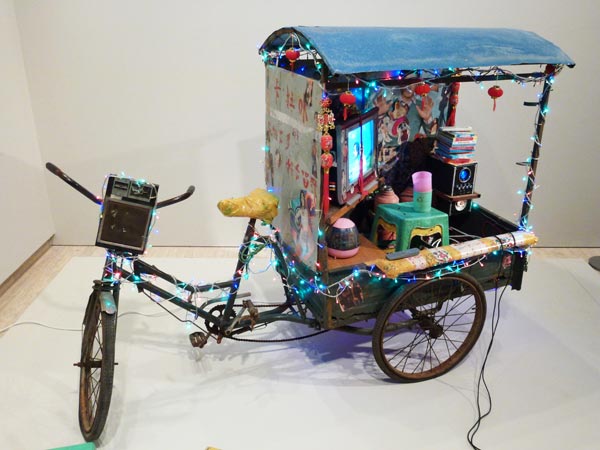
Jin Shi
Small business karaoke, 2009
18th Biennale of Sydney 2012, Art Gallery of New South Wales
Cake, flora, opera
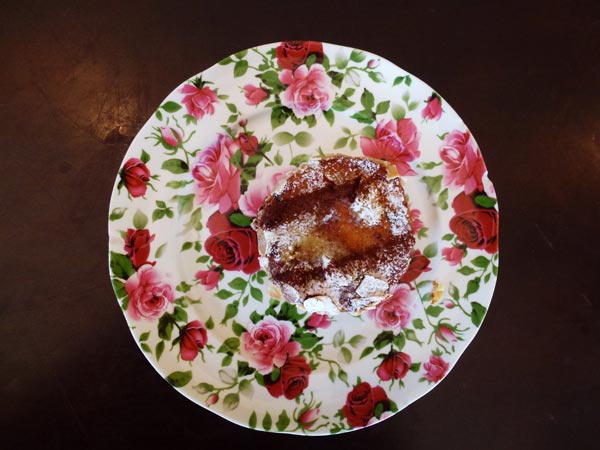
Café Japone, Randwick, Sydney was playing opera. It seemed just right for their choice of plate.







